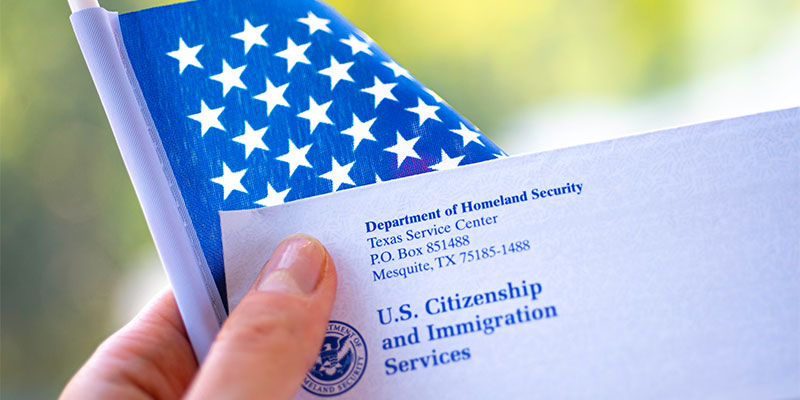
Here is a three-point gist of the information you will find in this article:
The L1 is a temporary work visa that allows a multinational company with branches in the US to transfer their employees to their US branches in a process called intra-company transfer. In this scenario, the foreign worker is already working for the organization they plan to transfer to in the US.
There are two categories of L1 visas - employees in the higher managerial and executive positions have the L1A visa, and those with specialized knowledge or skill-sets have the L1B visa.
The L1 is a visa with a lot of benefits. But, there may be circumstances in which you will need to consider L1A to H1B change of status or L1B to H1B COS to continue your stay in the US.
Before you start reading about making the status change from L1B to H1B and its advantages, read to know all about the H1B change of status.
Let's discuss the process of change of status from L1 to H1B in the sections below.
The L1 visa enables highly skilled employees, those with specialized knowledge, or those in top managerial or executive positions to work in the US. The H1B is a similar visa but allows non-immigrants to be employed by US companies for a limited duration in the absence of similar talent in the US workforce. There are many advantages that the H1B has over the L1, making a change of status (COS) from L1B to H1B a wise decision in many cases.
What are these advantages? Let's find out:
If you are considering the change from L1 to H-1B, the process can be done while you stay in the US.
Change of Status from L1B to H1B will involve finding employment with an H1B sponsor, and there are a few points you will need to be aware of when you are looking to consider this change. Let's take a look at the L1 to H1B change of status rules:
Also Read: Change of Status from H1B to F1 Visa: The Complete Details
Once the task of finding a legitimate H1B sponsor to make the change from L1 to H1B is done, the rest of the process will involve initiating a new application for an H1B. On the good side, there is no need for you to be out of the country and pursue consular processing. You will probably not have to attend an interview, and the change of status will be automatic if your petition is approved.
Here is a step-by-step breakdown of the process involved:
STEP 1: Filing
The Change of Status will be initiated by your sponsoring employer, who will give you an employment letter that should contain:
STEP 2: LCA
The sponsoring H1B employer files an application for approval of the Labor Condition Application with the Department of Labor. Four points of attestation need to be involved:
STEP 3: LCA Certified
Once the above points have been approved, the Department of Labor will provide the employer with a certified copy of the approved Labor Condition Application.
STEP 4: Document submission
The employer now proceeds to submit all relevant documentation, including the completed Form I-129, employment and experience certifications, agreements, etc. The filing has to be submitted to the right USCIS center.
STEP 5: Fee payment
The employer must ensure that the right amount has been deposited as application fees. The employer bears the amount, but in some cases, for special or optional fees like premium processing, the beneficiary may choose to bear the payment. The following are the expected fees to be paid for H1B processing:
Employers pay this fee in companies hiring more than fifty workers, where at least half the workforce are hired on L1 or H1B visas.
H1B application season begins on the first day of business in April. It will be within your best interests to begin application proceedings as early as possible since L1 to H1B COS applications are subject to H1B caps.
L1B to H1B change of status processing time
The processing time for an H-1B visa is dependent on the functioning protocol of the service center you have applied with.
Once the petition is approved, there is no L1 to H1 change of status grace period - it is immediately effective, and you can start working at the new place of employment as an H1B holder in October of the year you applied.
If you receive a rejection of the application, you will have to continue working with your original employer.
In conclusion
Transferring an employee to a US branch on an L1 visa is not a complicated process. Further, if you possess the skills, educational qualifications, and experience required, you can transfer to an H1B status. In fact, if the original company can prove that they are employing you in an H1B "specialty occupation" role, you may able to transfer without looking for another sponsor.
For more information on H1B visa and passport updates, always check TechFetch H1B.
**Disclaimer: US immigration laws are subject to periodic changes. Please refer to the official USCIS website for the latest news and updates.